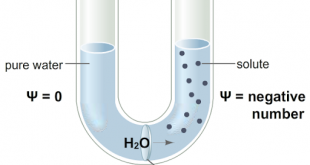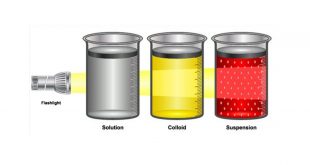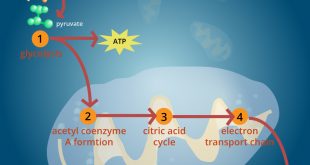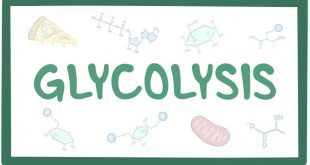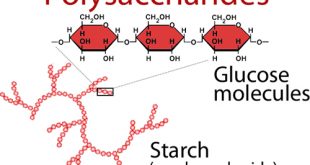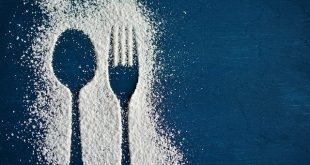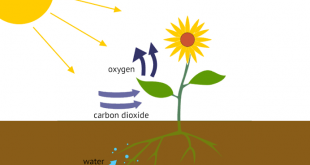The upward movement of water inside the plant is called ascent of sap. Pathway: Xylem. Prove that xylem is the pathway of ascent of sap. 1st experiment A leafy twig of balsum plant…………………………………………. 2nd experiment: Ringing experiment A leafy twig from a tree is cut……………………………………. Mechanism of ascent of sap …
Read More »Water Absorption by Plants
Uptake of water by plants more specifically by plant root hair is called water absorption. It is a vital process in case of plants as uptaken water along with minerals are mandatory for the survival of the plant body. In case of lower plants, the whole body acts as water …
Read More »Concept of Water Potential
Concept of water potential Free energy per mole is the chemical potential. The water potential is the chemical potential of a water solution in a system minus the chemical potential of pure water at atmospheric pressure and at the same temperature. A system’s water potential expresses its ability to do …
Read More »Mixture Types: Solution, Suspension, Colloids & Others
Chemistry is about combining different substances. Sometimes combining substances can cause a chemical reaction and bonding. This creates an entirely new substance called a compound. However, sometimes when there is no chemical reaction or bonding, it forms only a mixture. A mixture is made when two or more substances are …
Read More »Properties of Water & Its Movements inside Plants
Properties of water Most of the unique properties of water are ascribed to the H bond formed between polar water molecules. The two H atoms are angled at 105° in a water molecule (?). 1. Surface tension Surface tension results due to forces of attraction existing between the molecules …
Read More »Aerobic Respiration: Part-2
Good to know This series of reactions are also called the TriCarboxylicAcid (TCA) cycle, for the three carboxyl groups on its first two intermediates, or the Krebs cycle, after its discoverer, Hans Krebs (1937). NADH and FADH2 are reduced electron carriers. TCA cycle The name citric acid cycle can also …
Read More »Aerobic Respiration: Part-1
Good to know Plants respire all the time, whether it is dark or light. They photosynthesise only when they are in the light. Conditions Photosynthesis vs respiration Overall result Dark Respiration No photosynthesis Oxygen taken in Carbon dioxide given out Dim light Photosynthesis rate equals respiration rate Neither gas …
Read More »Polysaccharides: The Long Chain of Simple Sugars
Polysaccharides are polymeric carbohydrate molecules composed of long chains of monosaccharide unit bound together by glycosidic linkage. Example: starch, glycogen, cellulose, chitin etc. Characteristics of polysaccharide On hydrolysis, they yield monosaccharide units which are usually similar. D glucose is the commonest component of polysaccharide. They have high molecular weight. They …
Read More »Disaccharides: Bonding of Two Simple Sugars
A disaccharide, also called double sugar, is the sugar formed when two monosaccharides (simple sugars) are joined by a glycosidic linkage. Like monosaccharides, disaccharides are soluble in water. Three common examples are sucrose, lactose, and maltose. Disaccharides are one of the four chemical groupings of carbohydrates (monosaccharides, disaccharides, oligosaccharides, and polysaccharides). The most common …
Read More »Photosynthesis: Introduction & Requirements
Photosynthesis is a chemical reaction that takes place inside a plant, producing sugar type food for the plant to survive. Carbon dioxide, water and light are all needed for photosynthesis to take place. It happens in the leaves of a plant and the other green portions as well. Photosynthesis is a …
Read More » Plantlet The Blogging Platform of Department of Botany, University of Dhaka
Plantlet The Blogging Platform of Department of Botany, University of Dhaka

